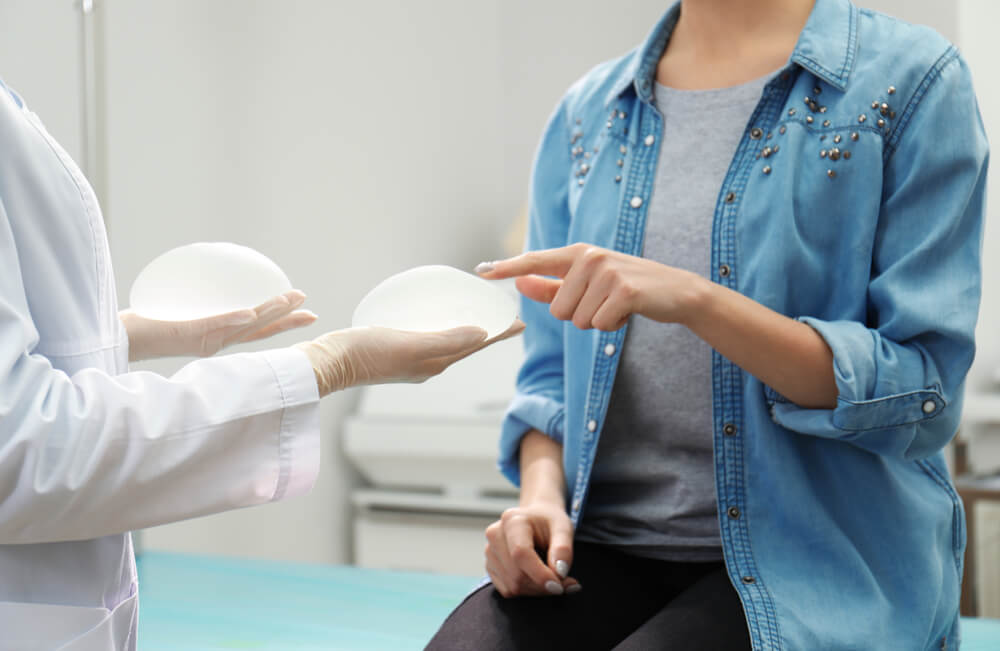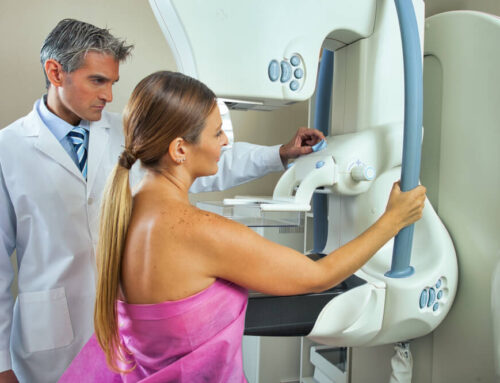Breast augmentation is a breast surgery performed in order to make the breasts bigger. In general, breast enlargement involves the placement of implants under the breast tissue. Some women are interested in breast augmentation surgery to correct their breast appearance due to previous health conditions, while others simply wish to feel more content with their bodies. However, even though breast enlargement is rather popular these days, it’s still essential to understand what the surgery entails. Contact us at Breast Care Center Miami if you’re considering breast surgery.
Things to Consider Before the Procedure

Before undergoing breast augmentation, you’ll have to discuss important details with your surgeon, particularly about the preferred appearance, size, and feel of your breasts after augmentation. Essentially, you will have the option to decide between different kinds of implants and surgical techniques. For instance, implants can be made of silicone or saline; they can be teardrop-shaped or round, textured or smooth, etc. Make sure to keep the implant’s manufacturer’s patient information and all the additional copies.
That said, there are also several things that you’ll have to keep in mind when it comes to breast augmentation surgery:
- Getting breast implants won’t stop the natural sagging of your breasts. When breast augmentation alone isn’t enough to fix sagging breasts, your plastic surgeon may suggest a breast lift too.
- You can’t expect your breast implants to last forever. About ten years is the typical lifespan of an implant. It is also possible for implants to burst. Your breasts will continue to alter as you age, and other factors like your fluctuating body weight might affect their appearance. Additional breast surgery may be necessary as a result of these problems.
- It’s possible that mammograms will be more challenging. If you have undergone breast enlargement, your doctor may recommend extra imaging tests in addition to regular mammograms.
- Breast implants may make it difficult to breastfeed. It is possible for some women to continue breastfeeding after the augmentation surgery. However, breastfeeding might be troublesome for some mothers.
- Breast augmentation is not typically covered by health insurance unless it is deemed medically necessary, such as following a mastectomy. Prepare yourself financially for any necessary procedures, such as follow-up scans or surgery.
- Removing breast implants could be the first step in a series of procedures. To restore the natural appearance of your breasts after having your implants removed, you may want to consider a breast lift or additional corrective breast surgery.
- Silicone implant rupture detection screenings should be performed. Five to six years after the surgery, the FDA advises routine monitoring using a breast MRI to check for potential rupture. Then, every two to three years, you should get an MRI of your breasts. In the absence of symptoms, ultrasound could replace other screening options.
In some cases, a baseline mammogram is required before surgical intervention. Your doctor may also change the dosages of certain drugs before the operation. Aspirin and other blood-thinning meds should be avoided. If you are a smoker, you should abstain from nicotine for a period of time (often between four and six weeks) before and following surgery.
What to Expect from the Procedure
Chances are you’ll be returning home the very same day of the surgery. Hospitalization is usually not necessary after breast enlargement.
You can get a breast augmentation while under local anesthetic and remain fully awake. However, breast augmentation is typically performed under general anesthesia, meaning that you will be completely unconscious throughout the procedure. There are several types of anesthetic available, and the surgeon will go over them all with you.
To insert the implant, the surgeon will have to cut in one of the three spots, namely under the breast, around the nipple, or under the arm. Once the cut is made, the surgeon will proceed to separate the chest muscles and tissue from the actual breast tissue. This makes a so-called pocket where the implant can go. The breast implant is carefully placed to be centered behind the nipple.
In the case of silicone implants, the surgeon will place them in the pocket filled with the silicone gel. When using saline implants, the surgeon will first insert empty implants and fill them with sterile salt liquid after positioning.
Once the implants are properly positioned, it’s time to close the cut with stitches and secure the area with surgical tape and skin adhesive. There will most likely be some discomfort and swelling for a few weeks following the surgery. Also, bruising can happen. Scars will lessen with time, but they won’t go away entirely. Wearing a compression bandage or sports bra might help you recuperate by providing additional support for the breast implants. Your doctor may also recommend painkillers.
If the surgeon used nonabsorbable sutures or inserted drainage tubes, you will need another appointment so that they can be removed.
Symptoms of infection include fever, redness, and heat in the breasts, which warrants immediate medical attention. If you have difficulty breathing or chest pain, you should also see your doctor as soon as possible.
The Look and Feel of Breasts After Augmentation

Implants may feel more secure after six months of healing, but initial recovery only takes a few weeks. In the first couple of months, it’s normal that the breasts after augmentation don’t seem the most natural. They could be tighter or appear higher than you’d like or feel too hard at the touch. Over time, your breast implants will soften and settle into the breast tissue pocket, making the result more natural and seamless.
Your breasts will begin to seem more and more natural to you as time goes on. The breasts will heal, and implants will settle in as planned, but your doctor will closely monitor the process. Regular checkups will ensure that any problems are identified and treated quickly.
It’s important to remember that your breasts will still age normally, even after augmentation. Changes in breast appearance may also occur due to gaining or losing weight. There is always the possibility that further surgery will be required if you grow dissatisfied with the way your breasts look.
The physical and visual effects of having larger breasts are not to be underestimated. Breast augmentation results in a dramatic and unexpected change in breast size, which can be both thrilling and disconcerting to a woman who’s typically used to slow and gradual changes in her appearance. It’s normal to feel apprehensive about your new breasts for a short period of time because they will feel and look different from your previous physique. If you want to go through breast enlargement surgery and want to learn more about your options, feel free to reach out to us at Breast Care Center Miami and we will schedule an appointment with one of our expert doctors as soon as available.






